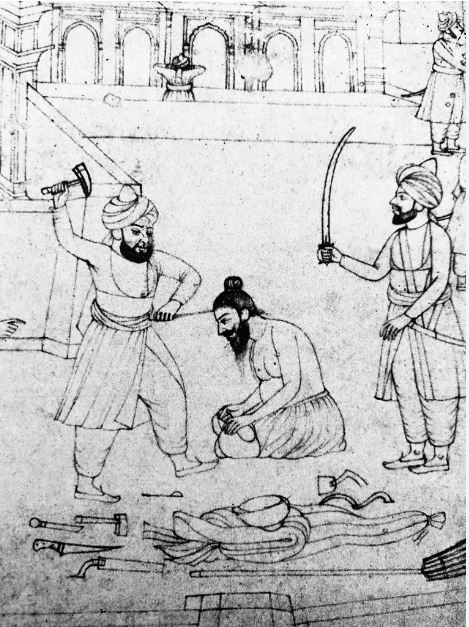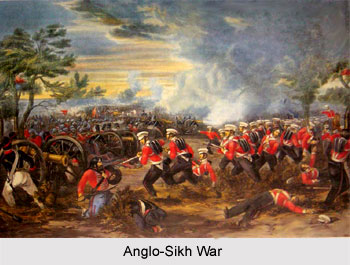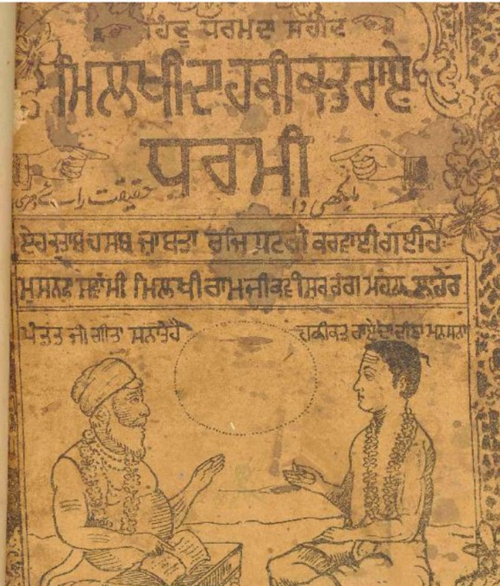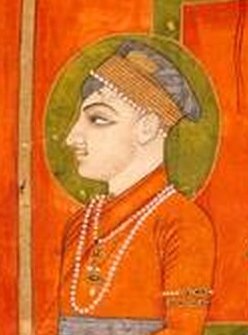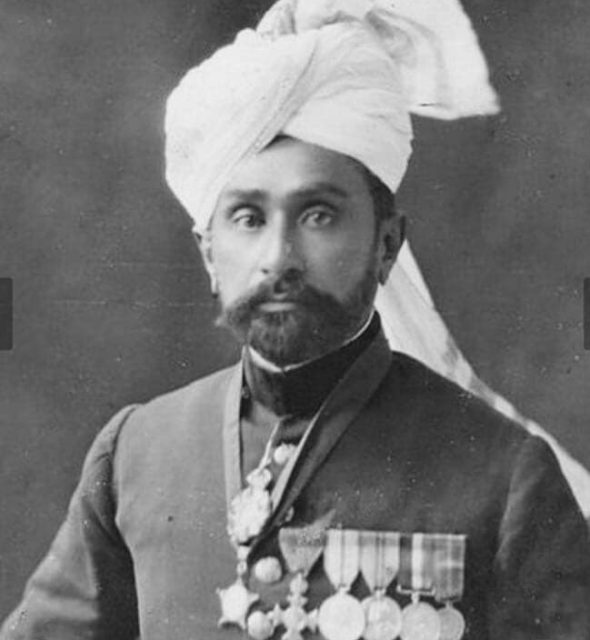
AHMAD YAR KHAN TIWANA (d. 1829), second son of Khan Muhammad Khan, the Tiwana chief of Mittha Tiwana, in Shahpur district, measured swords with Sikhs more than once during Maharaja Ranjit Singh`s time. Ahmad Yar Khan revolted against his father and, having succeeded in attracting most of the tribe to his side, compelled him to surrender the chief ship to him. In 1817, Maharaja Ranjit Singh dispatched troops under the command of Misr Divan Chand against the Tiwana chief at Nurpur Tiwana. The fort was conquered and Ahmad Yar Khan ran away to Jhandavala, situated in the Mankera territory.
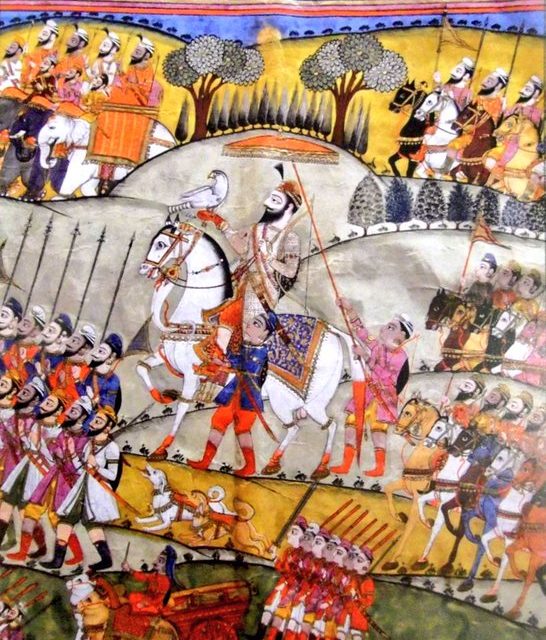
DAL KHALSA is the term used to describe the militia which came into being during the turbulent period of the second half of the eighteenth century and which became a formidable fighting force of the Sikhs in the northwestern part of India. The first Khalsa army formed and led by the creator of the Khalsa, Guru Gobind Singh (1666-1708), had broken up at the time of the evacuation of Anandpur in December 1705. Another force, at one time 40,000 strong, raised by Banda Singh Bahadur (1670-1716) was scattered after the caputre and execution of its leader.
- 1
- 2




